How Many Soccer Players Are On A Team?
Soccer is a very popular sport all over the world, but there are a lot of misconceptions about it. In sports, a team is often made up of a number of different people. For example, when playing soccer, you can have a team of 11 players on the field at once. But what about when you’re watching a game? How many people are actually playing on the field at the same time?
For example, you can watch a game between Manchester United and Liverpool, but which team is actually playing? Are the fans watching just the players on the pitch, or are they watching the whole team?
In this blog post, we’ll take a look at how many players there are on a team, and why you should know the answer.
You may also watch this video:
How many soccer players are on a team? (including substitutes)
The number of soccer players on a team varies from league to league and from game to game. In general, a minimum of 11 players is necessary for a game to start. A soccer team can have up to 18 players on the field at one time, with only two of those players being substitutes.
When there are more than 11 players on a team, they can be divided into two groups: starters and substitutes. The starting lineup includes all 11 players who will play in the first half of the game. Substitutes are players who will come into the game in place of starters during the second half. Or later in the game when they are replaced by other substitutes or by starters coming back into play after having been substituted out earlier in the match.
Each player has an assigned number that is displayed on their jersey. So fans can easily tell which player is which during play. Numbers 1-11 represent starting players, while numbers 12-18 represent substitutes who are waiting to come into play if needed during gameplay.
Goalkeeper
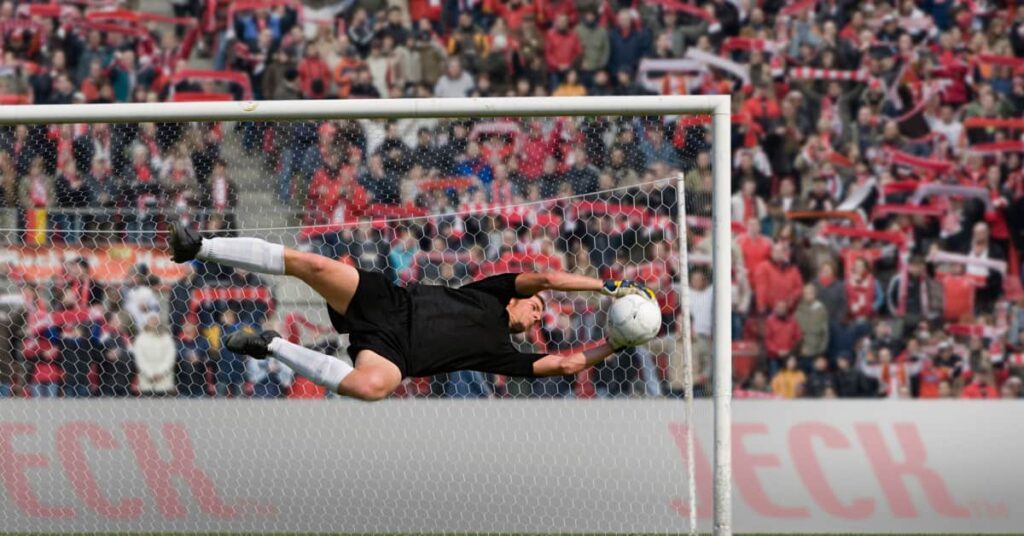
In soccer, a team can have as many as three goalkeepers.
This is because of the nature of the game. In soccer, there are always at least two players on each side, and sometimes as many as four. This means that if one player is injured or sent off (red card). Another player in the same position can be brought in to replace them.
The goalkeeper is a special case though: they are often so specialized that they require a lot of practice to be able to play their role well. If they were to get hurt or sent off, there would not be time for another player to learn how to take over their position before the next game started!
Defender
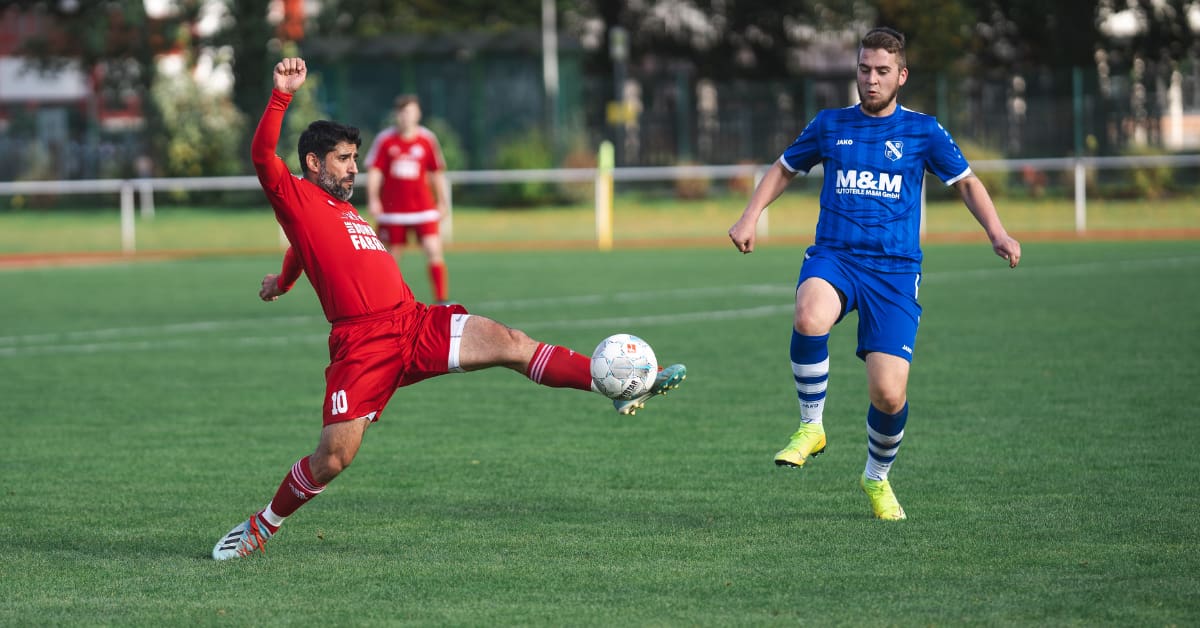
In soccer, the number of defenders is often determined by the formation used. A team can have anywhere from four to five defenders.
The main job of a defender is to keep attackers from scoring goals. Defenders are usually positioned near their own goal. So they’re not always involved in every play. However, if an opposing player gets past the midfielders and into the attacking zone (the part of the field where scoring goals is more likely), a defender will have to step up and stop him from getting closer to their own goal.
The number of defenders on a team varies based on what formation they use. For example, if a team has three defenders playing close together (called “playing in a triangle”), then they might only need two or three other players in front of them at all times. And those players would be referred to as midfielders instead of defenders. Because they aren’t defending against attacks like they would be if they were playing in a flat back line or 4-4-2 formation instead.
Midfielder
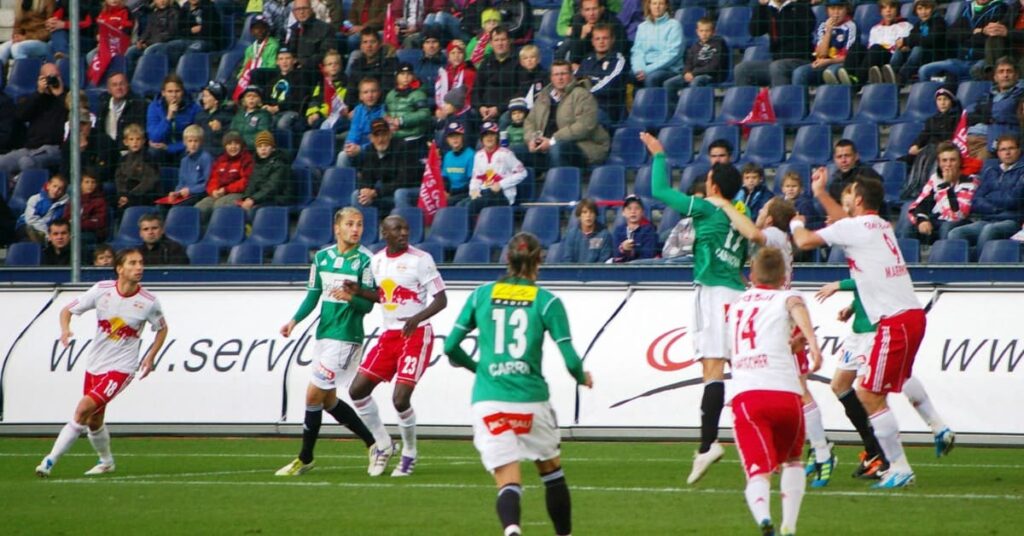
The number of midfielders that a soccer team can have is determined by the formation they play. A standard formation has 4 midfielders. But some teams will play with more. The most common formations that field 4 midfielders are the 4-4-2, 4-4-1-1, and 4-3-3.
Most teams prefer to have at least one defensive midfielder who sits back and protects their goal when the other team has possession of the ball. This player may also be called a holding midfielder or shadow striker.
The other three midfielders can be classified as creative midfielders or attacking midfielders. Creative midfielders are usually responsible for creating chances for their team by making runs into open space, dribbling past defenders, and passing the ball to teammates in good positions around them on the pitch. Attacking midfielders will often move up into an attacking position just outside of their own penalty area.
Attacker
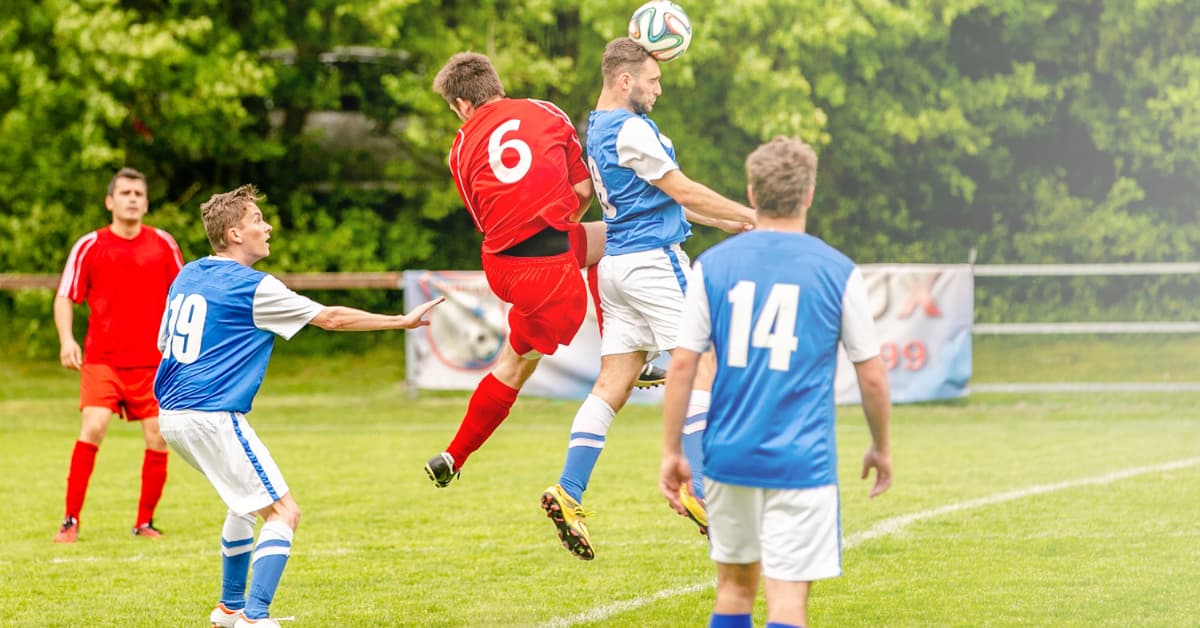
At first, it might seem like it’s a simple question: one defender, two midfielders, three attackers, right? But there are actually quite a few factors to consider when determining how many attackers your team should carry on their roster.
First of all, you need to decide if you’re going for an attacking system or a defensive system. In an attacking system, you’ll want to have more attackers than defenders. In a defensive system, you’ll want to have more defenders than attackers.
Next, consider whether or not your team has any special players who could also play in the backline or midfield. If so, those players will count toward your total number of players allowed in those positions. So if you have four defenders and two midfielders who can also play as defenders, then your team will only be allowed six total defenders (two plus four equals six).
Finally, consider how much time your players spend on the field and how often they get substituted out of games. These factors may make it more advantageous for certain teams to carry more players in certain positions than others.
See more: Why Do Soccer Players Flop So Much?
How many players are on a soccer team? (excluding substitutes)
A soccer team consists of 11 players (excluding substitutes), including a goalkeeper, four defenders, three midfielders, and three forwards. The number of players in each position can vary by formation.
The goalkeeper is the only player who can use his hands or arms to touch the ball. On the contrary, the other players are allowed to use any part of their bodies except their hands or arms.
Players can pass the ball horizontally or diagonally by kicking it with their feet. While passing, you cannot touch the ball again until it’s touched by another player. If you have possession of the ball and drop it accidentally, an opposing player can pick up the ball and throw it back into play.
What are the eleven positions in soccer?
Here are the eleven positions of soccer where eleven players can play.
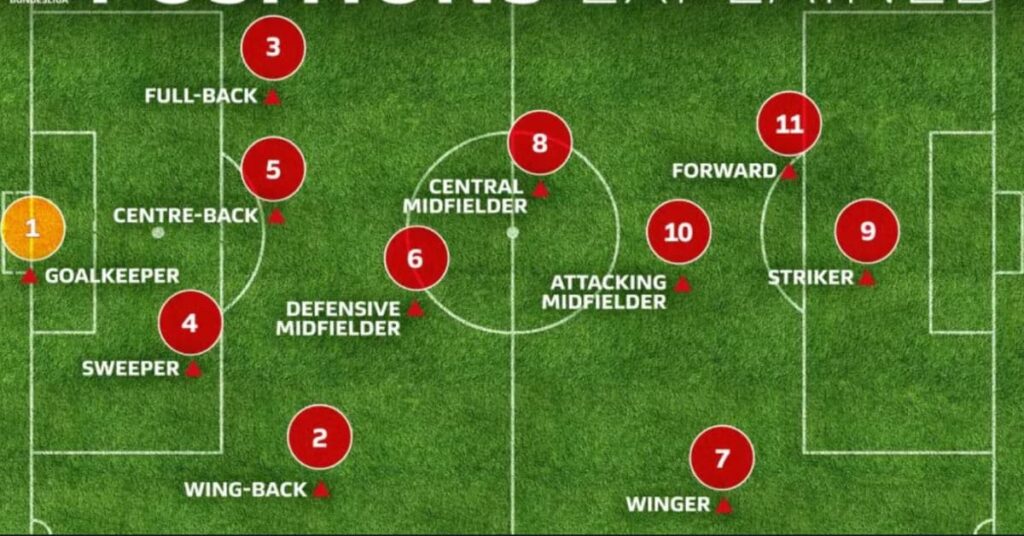
Goalkeeper
The goalie is the last line of defense, and their job is to stop the ball from crossing their own goal line. In a lot of cases, the goalkeeper will be able to catch or deflect the ball with their hands or feet.
Right Full-back
This position is located on the right side of the field, and it’s similar to a winger position in that it requires players who can run fast and play aggressively with their feet.
Left Full-back
This position is located on the left side of the field, and it’s similar to a winger position in that it requires players who can run fast and play aggressively with their feet.
Center back
This position is located in front of goalkeepers during games. And they’re responsible for marking other players on defense while also being able to move up toward midfield at times during play sessions. Therefore, they can help out teammates who are under pressure from opponents’ attacks (which often happen when teams have possession of balls).
Defensive Midfielder
This player’s primary responsibility is to guard the goal. They are also responsible for helping out their team on defense and clearing the ball from the defensive zone.
Right Midfielder
This player is primarily responsible for scoring goals, but they can also be a strong defender. A right midfielder will typically play on the right side of the field and be expected to dribble down that side of the field to create space for the center forward.
Center Midfielder
This player’s primary responsibility is to distribute passes around the field and provide support where needed. The center midfielder will often drop back into defensive positions when needed or go forward into attacking positions when needed.
Center Forward
This player’s primary responsibility is to score goals, but they can also be a strong defender. A center forward will typically play on the left side of the field and be expected to dribble down that side of the field to create space for other players in their team’s attack line-up.
Attacking Midfielder
The attacking midfielder is usually the team’s most skilled player. He’s typically a strong ball-handler, good at dribbling and shooting, and has a knack for scoring goals. He’s often referred to as the “striker” in other languages. The team’s main playmaker will usually be assigned this position.
Left Midfielder
The left midfielder is responsible for providing width on the attack and getting up and down the field quickly. The left midfielder may also help with marking opposing players who are trying to get into dangerous positions near your goal.
Conclusion
It is important to remember that there are 11 players on the soccer field at any given time – with four of those players in the midfield. With so many stars vying for spots on teams across the country, finding a place to play could be difficult, but not impossible. For players looking to get involved in soccer, knowing the rules and etiquette of the game is essential. Practice makes perfect!

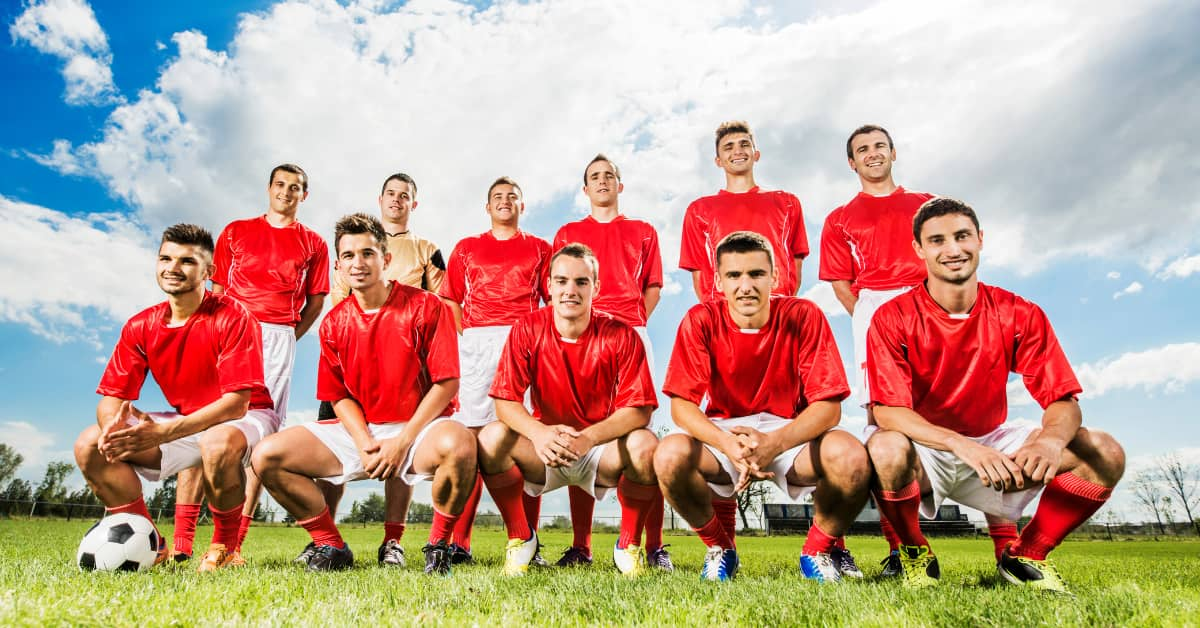

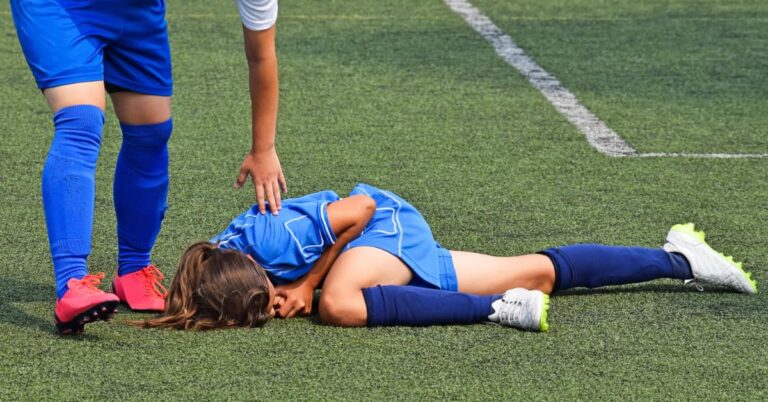
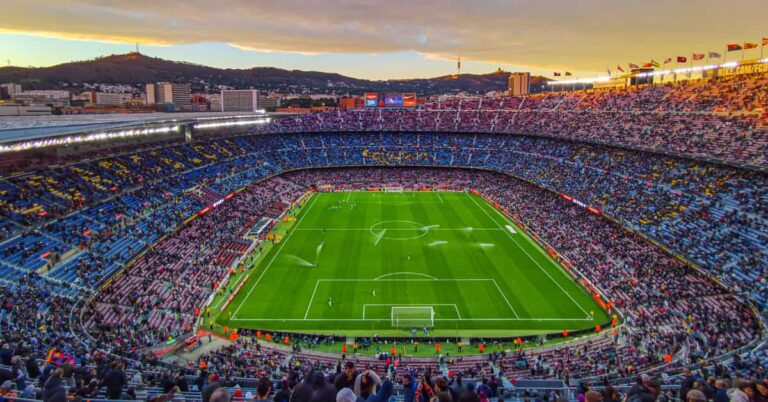
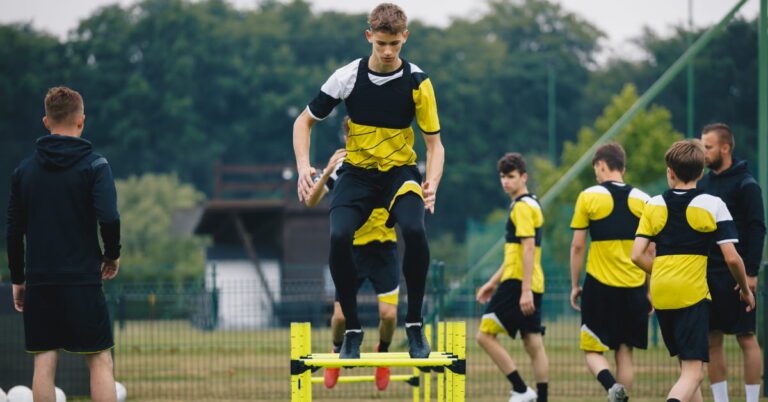

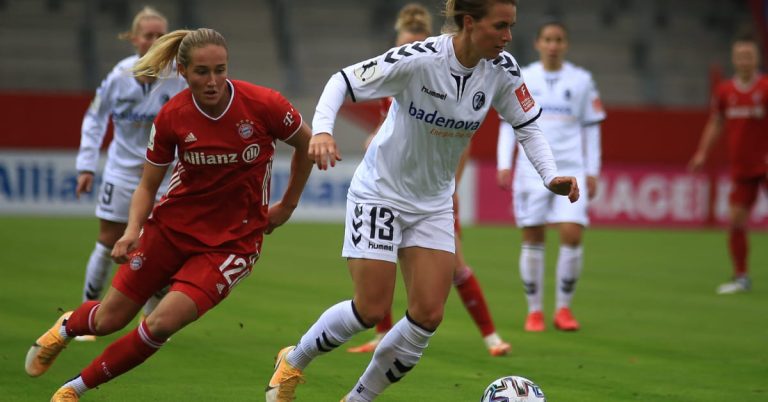
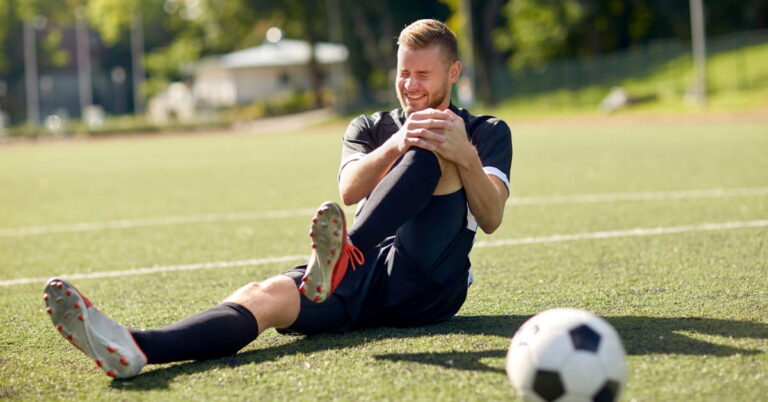
3 Comments